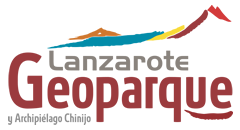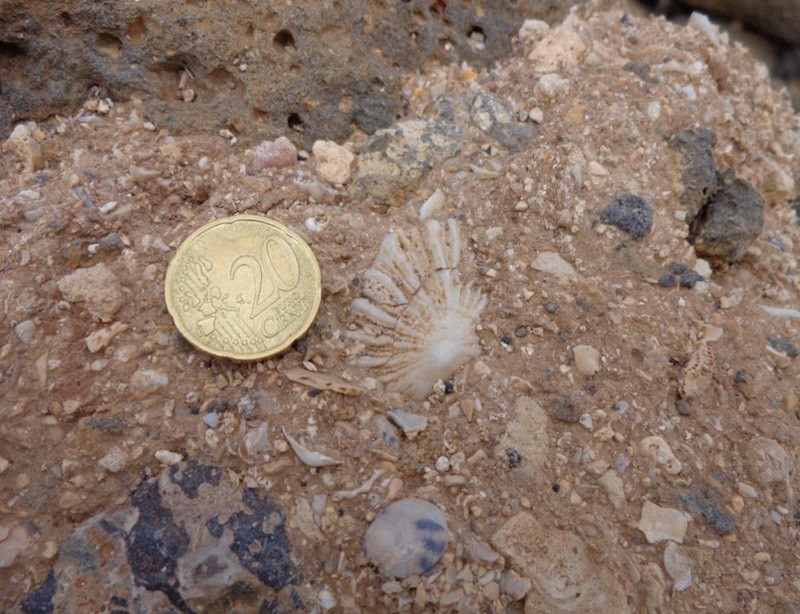Project Description
La Santa is a geosite formed by coastal marine deposits (sandstone and carbonated gravel, grindstone type) containing abundant fossils such as corals of a specific species, the Siderastraea radians, corresponding to the last interglacial (Eemiense). This is the most northern location in the Atlantic where this species of coral can be found, marking the most significant warm climate change of the Upper Pleistocene, as well as a higher sea level compared to nowadays. In addition, there are many gastropod fossils, bivalvia, echinoderms, serpulids, algae, etc. mostly fragmented. Another peculiarity of this place is that the island of La Santa itself, is formed by remains of an aa type basaltic lava flow, with a block surrounded beach. Nowadays, La Santa is connected to the island of Lanzarote artificially by several roads that benefit the silting of the separation furrow.
Its main interest is paleontological, and its secondary interest is sedimentological. This is a place of reference for paleoclimate research of the Quaternary, with abundant fossil fauna. This is a small geosite, but with high geological diversity.

